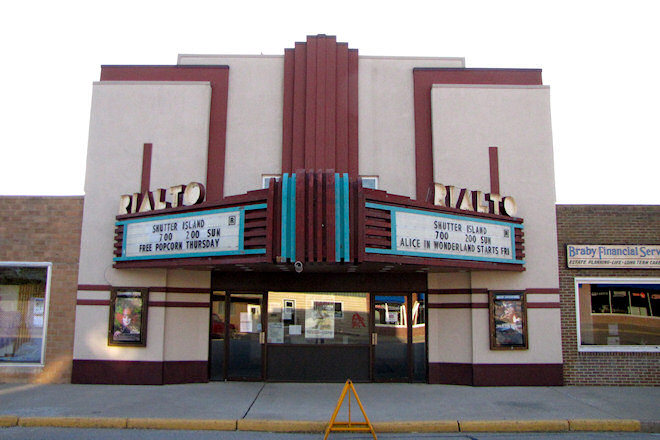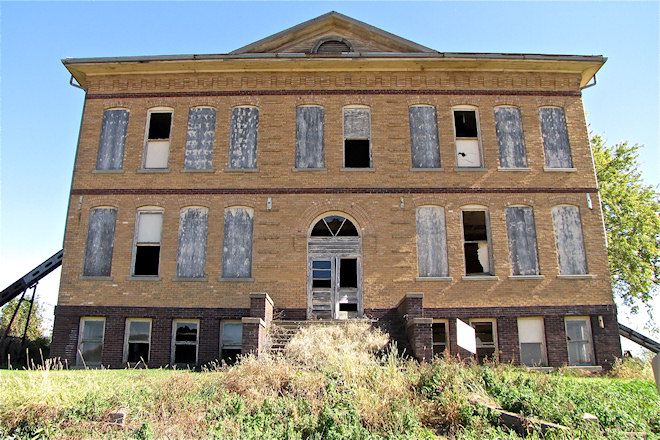
Consisting of seven unincorporated villages and encompassing over 20,000 acres, the Amana Colonies are one of eastern Iowa’s most popular tourist attractions. More than 1.5 million visitors each year make the trip to the Amana Colonies to check out the restaurants and shops in the historic villages. Established by German immigrants, the establishment dates to 1855, and the Amana Colonies maintained a nearly self-sufficient economy for nearly eighty years.
Six of the seven Amana Colleges had their own post office locations, though only four remain today. The High Amana office was shuttered in 1968, while the West Amana location survived through 1994. The largest of the locations is the pictured post office in Amana. Amana is the largest of the villages, and includes a woolen mill, furniture shop, museum, and more.



